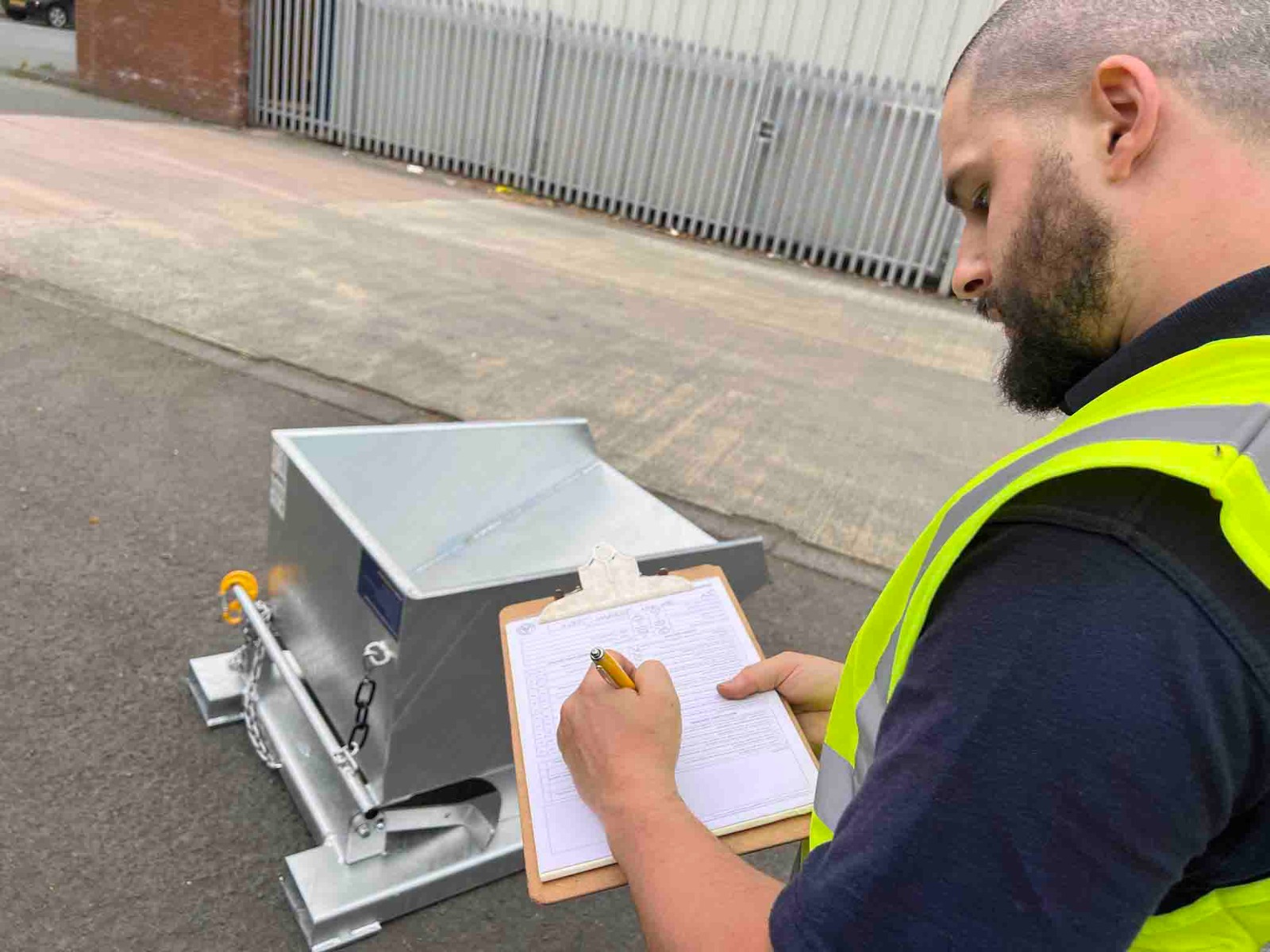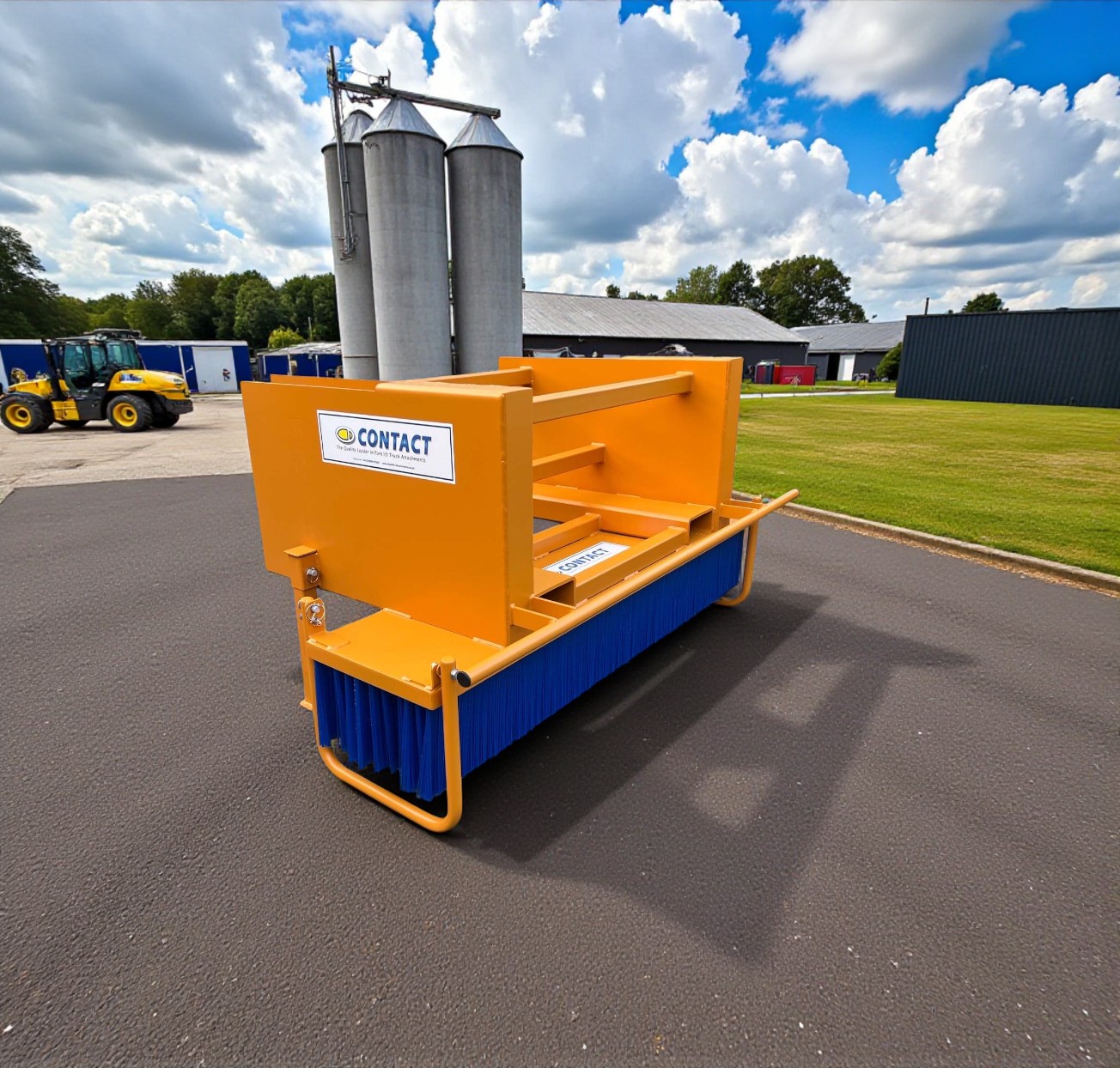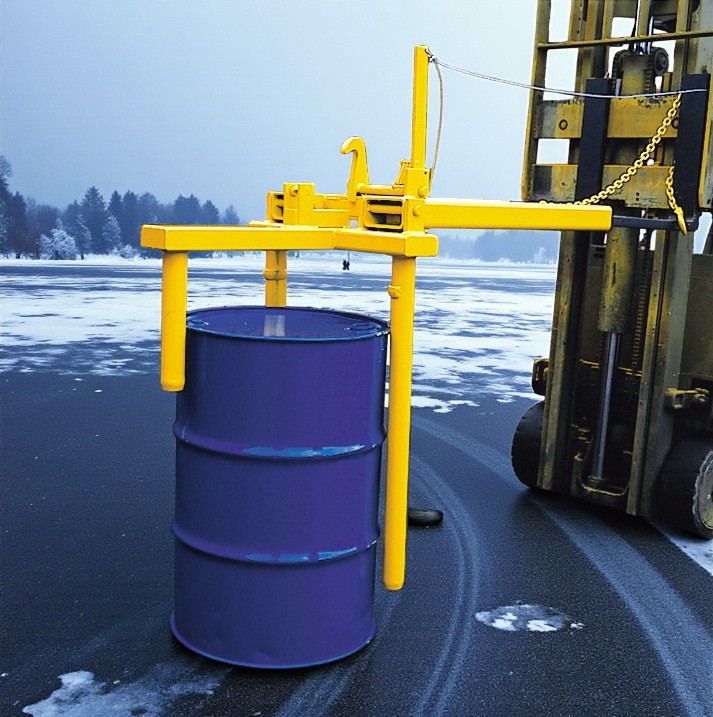Call Us +44 (0)1686 611200
Proudly Made in the United Kingdom
Seven Safety ‘Do’s and Don’ts’
By Jason Cadman on January 09, 2024
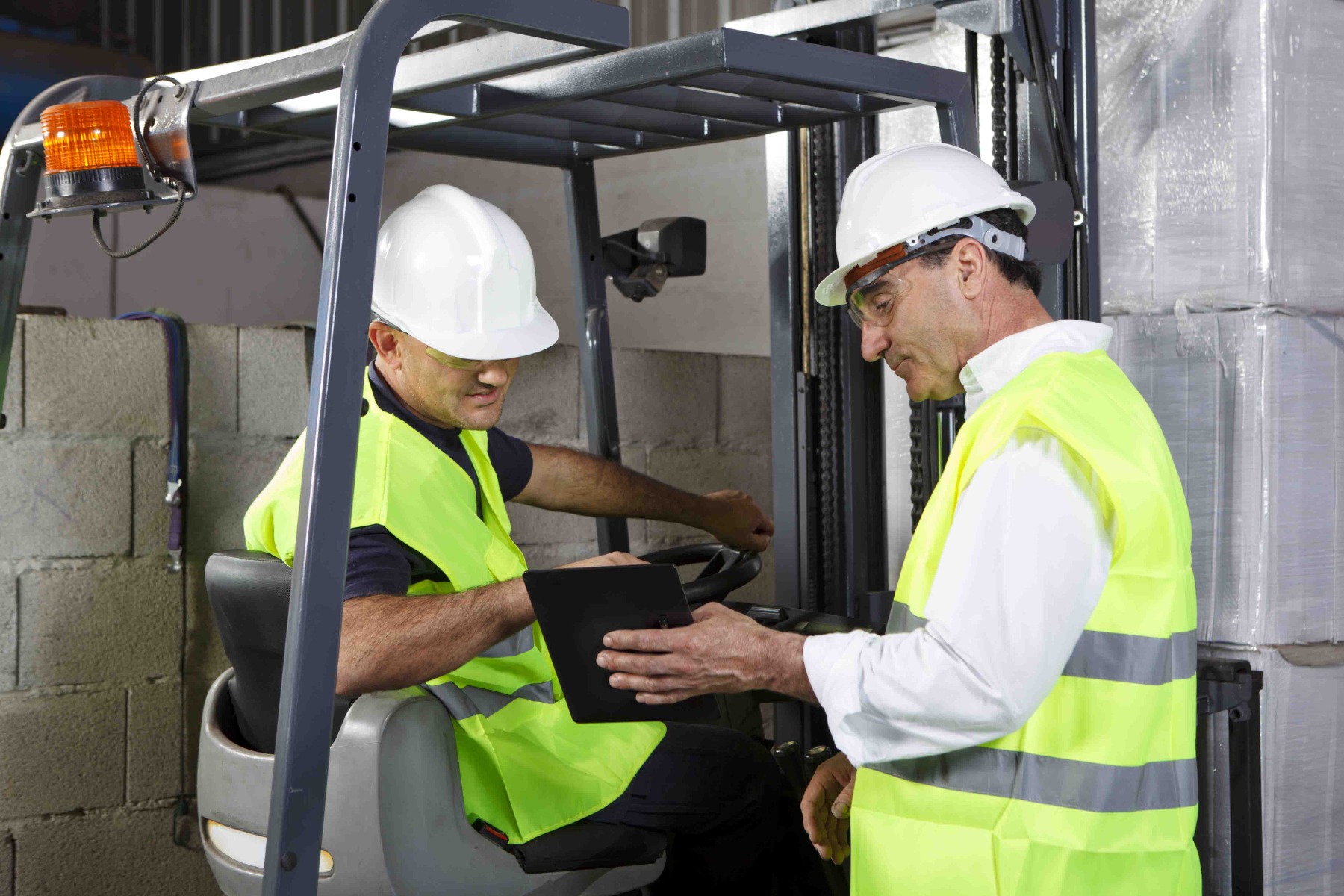
The start of the year encourages us all to make personal promises and resolutions. Some of us will be smashing our January goals (while others might have given up already), but for businesses this is the perfect period to review processes and procedures, note any advancements or changes needed, and develop a plan of action for the year ahead.
With safety always the priority for workplaces, our team shares their seven ‘Do’s and Don’ts’ that you can implement into your 2024 strategy to prevent the risk of injury and damage.
1. DO carry out comprehensive risk assessments
For every forklift attachment you possess, a thorough and comprehensive risk assessment should be carried out to determine its suitability and intended purpose. These should be communicated to all users, regularly reviewed, and updated as necessary.
2. DO follow manufacturer’s operating instructions
After purchasing any fork truck attachment, all users need to read and understand the manufacturer’s operating instructions (paying close attention to things such as load capacity and de-rated load capacity).
3. DO participate in regular training
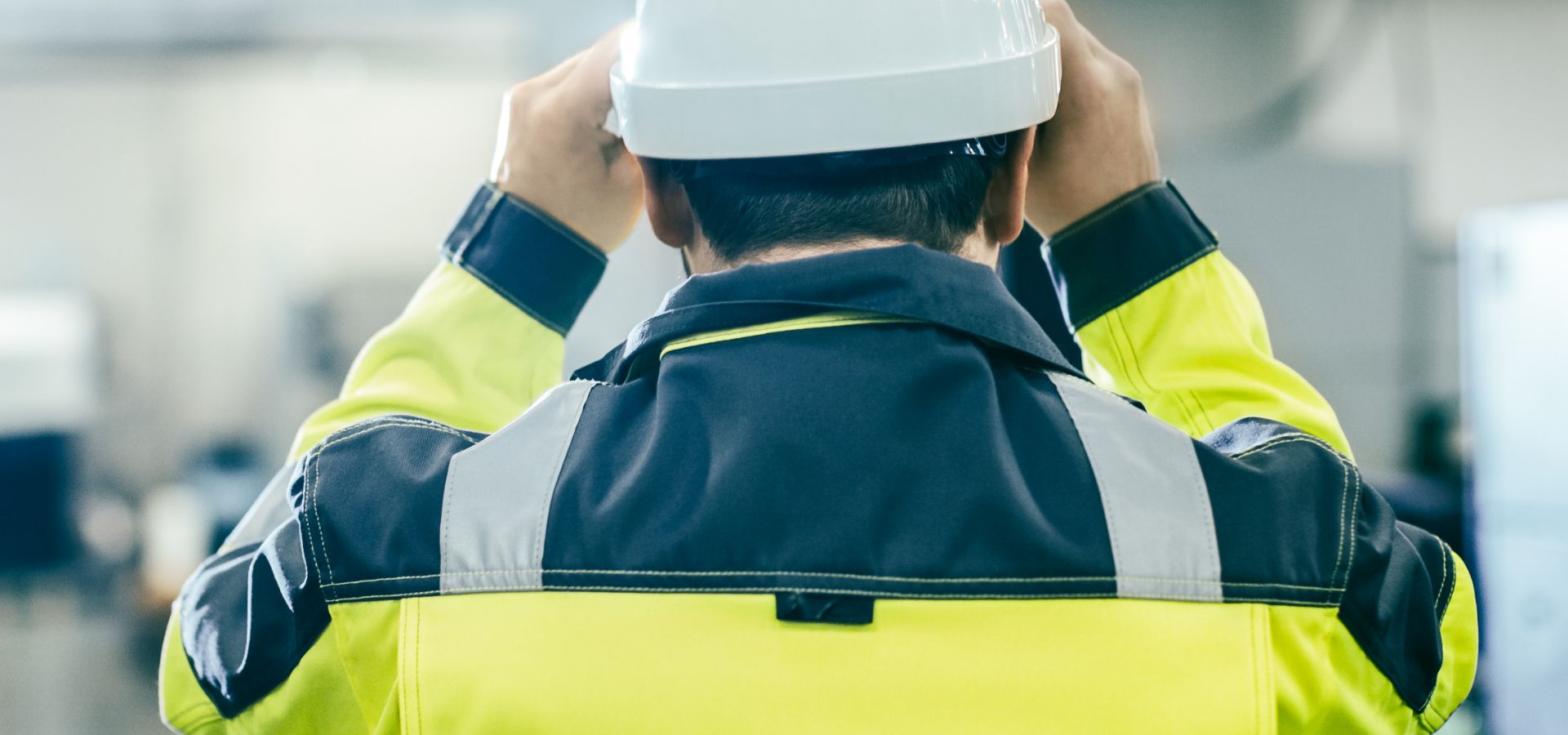
It’s paramount that the user is adequately trained in the safe securing and operating of the attachment, in order to ensure the safety of both themselves and others in the workplace, as well as to prevent damage. Adequate and extensive product training should be provided before use, refreshed regularly, and updated where necessary.
4. DO ensure attachment is correctly matched to forklift
The majority of forklift attachments are fork-mounted, therefore it’s vital to ensure the sizing of the attachment perfectly fits the forklift truck. Using fork pockets that are too large could compromise any securing methods, and ultimately pose a significant safety risk.
5. DO complete Thorough Examinations
Legally, all forklift attachments must undergo a periodic Thorough Examination. Not only do these inspections ensure you remain compliant with regulations including LOLER 98 and PUWER 98, but they check that the attachments remain safe, fit for purpose, and efficient.
6. DON’T ‘make do’
With such a wide range of attachments available, there really is no excuse to ‘make do’. If the forklift attachment isn’t specifically designed for the material handling task, it can cause damage and destruction, potentially invalidate insurance, and prove dangerous to all individuals within the workplace.
7. DON’T underestimate how attachments might impact your forklift truck
An attachment can alter how a forklift truck operates. Give careful consideration to its capacity ratings, as well as potential changes to how the forklift will behave to avoid safety risks, inefficient usage, and unnecessary wear and tear.
To learn more about how to keep your workplace safe, book your Thorough Examination or schedule personalised product training sessions, get in touch with one of the team via the Live Chat today.
